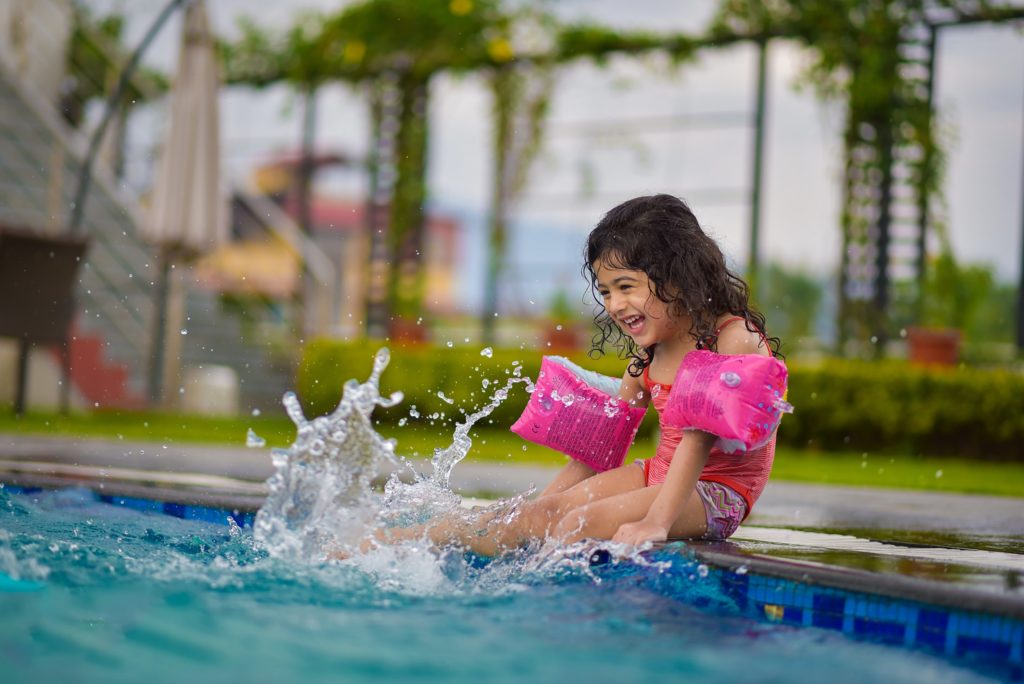
Guest Author: Gregory E. Cali, DO
Today is the first day of summer! Summer is a great time to enjoy the many beautiful lakes and rivers in our area. Many will spend time swimming, water skiing and tubing, boating, kayaking, and fishing in the lakes and streams while others will enjoy a refreshing dip in a pool or ocean. However, it is important to be aware of the risks associated with water sports. Statistically, every year 4000 people die from drowning in the US, many more worldwide. Drowning is defined as “respiratory impairment from submersion or immersion in a liquid medium”.
In the past there was a distinction made between salt water and fresh water drowning. Because of the amount of water inhaled, the distinction between fresh water and salt water drowning is not considered to be important.
Drownings occur more often in low and middle income countries worldwide. In the US, drowning is a major cause of death, affecting mostly those below age 45, especially children between one and five years of age, and is more frequent in Florida, Arizona, and California.
People who voluntarily hyperventilate before diving may blow off so much carbon dioxide, that there is no drive to breathe until oxygen levels are very low. This can lead to seizures, cerebral hypoxia (lack of blood and oxygen to the brain), and drowning. During the drowning episode, panic breathing leads to inhalation of water and laryngospasm. Pulmonary edema may occur, as well as brain swelling and increased intracranial pressure. Hypoxia leads to brain injury. Cardiac arrhythmias may occur, along with electrolyte imbalances and kidney failure.
CPR should be done following the established guidelines. It is critical to ventilate the victim as quickly as possible. Remember that cervical cord injuries may have occurred, and the patient’s neck needs to be stabilized if cervical injury is possible depending on the circumstances. Routine drowning without trauma may not need cervical stabilization. Ventilation with mask and intubation should be done as soon as possible. Transfer to the hospital should be expedited, and management in the hospital includes respiratory support, trauma evaluation, and intensive care monitoring.
Factors leading to outcome include duration of exposure, time to effective life support, resuscitation time, age and central nervous system level of function.
Prevention – Drowning is Preventable in Most Cases!
Also be mindful that parents need to stay awake and avoid sedating drugs or alcohol which may alter their consciousness when their children are swimming. Appropriate use of personal flotation devices (PFD) should be worn all the time when boating. Although the law in PA does not require that a PFD be worn, but just be present in the boat, there are numerous cases where a person is thrown from a boat and becomes unable to get to the PFD in time, or hit their head and becomes unconscious before they hit the water. Swimming alone is not recommended, swim with a partner. Finally remember that toddlers can drown in relatively small quantities of water.
Summer is short in NEPA, so, go out and enjoy the lakes, rivers, streams and oceans, but remembers, do so safely... respect Mother Nature!
Guest Author: Gregory E. Cali, D.O. is a local pulmonologist with offices in Dunmore, PA.

Read “Health & Exercise Forum” – Every Monday. This article is not intended as a substitute for medical treatment. If you have questions related to your medical condition, please contact your family physician. For further inquires related to this topic email: drpmackarey@msn.com
For all of Dr. Mackarey's articles visit: https://mackareyphysicaltherapy.com/forum/
Paul J. Mackarey PT, DHSc, OCS is a Doctor in Health Sciences specializing in orthopaedic and sports physical therapy. Dr. Mackarey is in private practice and is an associate professor of clinical medicine at GCSOM.